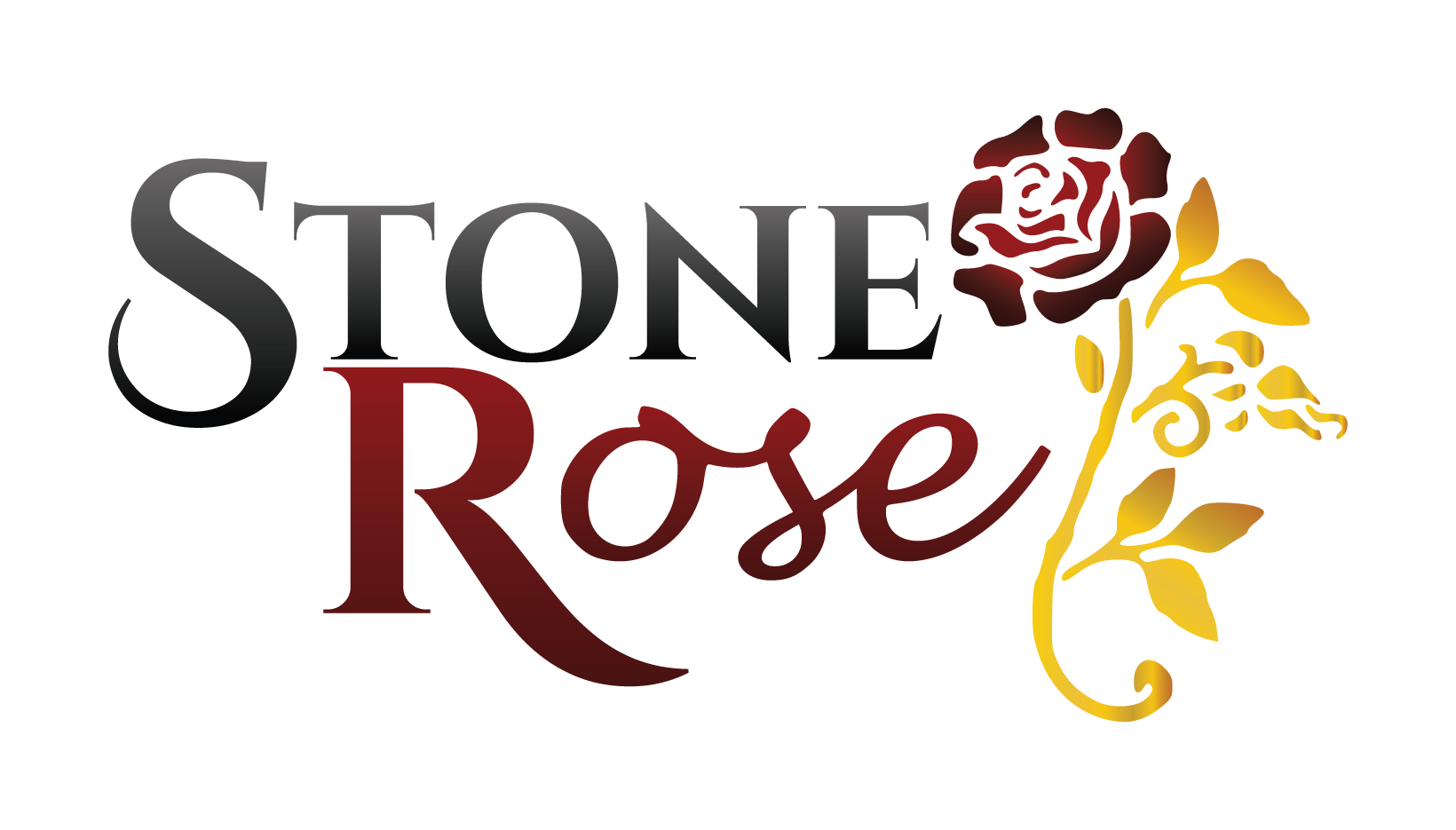What makes people trust a brand at first glance? Is it a sleek logo? A catchy tagline? Or the way it communicates across every channel? In reality, the most successful brands are not just polished because they’re real. Consumers today are quick to spot empty marketing and even quicker to dismiss it. They want to connect with brands that feel human, transparent, and consistent, without sacrificing professionalism.
That’s where the power of authenticity in brand development comes in. When your message is true to your values and delivered with clarity and intention, you don’t just make an impression, you build a relationship. This blog unpacks how to maintain brand authenticity while still presenting a polished, professional image that earns respect and fosters lasting loyalty.
Why Authenticity Matters More Than Ever
Trust is your brand’s greatest asset
- Today’s consumers are skeptical. They’ve seen broken promises, impersonal service, and faceless corporations.
- Authenticity helps bridge that trust gap by showing that your brand isn’t just a product but a reflection of people, purpose, and values.
Authenticity sets you apart
- In markets filled with me-too messaging and copied visuals, being real makes you stand out.
- Brands that show vulnerability and clarity in what they stand for often resonate deeper than those that only promote polished perfection.
Professionalism ensures you’re taken seriously
- While being relatable is essential, businesses must also maintain competence and reliability.
- Professionalism reinforces that your brand is not only approachable but also equipped to deliver results.
Define Who You Are Before You Market It
Know your core values
- These are the guiding principles of your brand. Whether it’s innovation, transparency, or inclusivity, your actions and messaging should reflect them consistently.
- For example, a brand rooted in sustainability should not just promote eco-friendly products, but should also ensure ethical sourcing, responsible packaging, and community impact.
Create a clear brand voice
- Your brand voice is the personality your business adopts in all communications. It should be distinctive, relatable, and repeatable across platforms.
- Consider how Apple’s voice is clean, minimalist, and aspirational. Every product launch or support message feels on-brand because the tone is ingrained in every touchpoint.
Avoid over-polishing
- While brand assets should be clean and coherent, excessive editing or trying to sound overly perfect can come off as insincere.
- Consumers don’t expect flawless humans or brands; they appreciate clarity and effort with room for growth and responsiveness.
Communicate with Purpose and Clarity
Be transparent, not messy
- If something goes wrong, like a service delay or product recall, own it. Acknowledge the issue, explain what went wrong, and share how you’re fixing it.
- Avoid defensiveness or deflection. Professionalism doesn’t mean hiding the truth; it means responding to it thoughtfully.
Craft intentional messaging
- In brand development, every message should serve a purpose, whether it’s to inform, reassure, inspire, or sell. Avoid filler phrases or vague jargon.
- Instead of “we’re innovative,” say “we developed a new tool that reduced client response time by 40%.” Specifics show credibility.
Tailor language to your audience
- Know who you’re talking to. A brand targeting healthcare professionals may use more technical terms than one appealing to college students, but both should be clear and human.
- Clarity doesn’t mean dumbing it down because it means making sure your message is understood, appreciated, and trusted.
Build Consistency into Your Brand Identity
Visual branding should reflect your values
- If your brand stands for innovation, your design should feel modern. If it’s rooted in tradition, your aesthetic should reflect stability and heritage.
- Understanding how to build brand image starts with aligning your brand’s purpose and personality with your visual elements, like logos, color palettes, typography, and even email layouts. These details work together to communicate who you are before a single word is spoken.
Keep your message steady across channels
- A professional LinkedIn tone shouldn’t clash with a playful Instagram caption, unless that contrast is strategic and controlled.
- Whether it’s a newsletter or a customer service chat, users should feel they’re interacting with the same brand personality every time.
Train your team to embody the brand
- Authenticity comes alive through people. Train staff to use language and behavior that reflects your brand’s tone, especially in frontline roles.
- Provide guidelines and examples, but also give room for individuality. A scripted response is polished, but a human response is remembered.
Maintain Professionalism Without Losing Personality
Polish your delivery, not your truth
- Every piece of content, whether a blog post, sales page, or FAQ, should be error-free and well-structured. However, don’t let editing strip away your voice.
- Don’t eliminate emotional words or soften your stance just to be neutral. Bold, honest statements often carry more impact than cautious generalities.
Respond thoughtfully in real-time
- Social media and email offer direct, public channels for communication. Handle them with promptness and respect, even under pressure.
- A brand that responds thoughtfully to criticism, confusion, or questions demonstrates maturity and earns respect, without needing to sound rehearsed.
Let Real Stories Represent You
Share customer experiences
- Testimonials, success stories, and real-life applications of your product or service make abstract claims feel tangible.
- Include names, images, or even short videos when possible to add authenticity, and make sure you get consent before doing so.
Highlight your people
- Introduce team members, especially those behind your services or products. Show who they are, what they do, and why they care.
- People trust people. Putting faces to your brand makes it feel real and reliable, not just transactional.
Use visuals to support your story
- Replace cookie-cutter stock photos with images from your own team, workspace, or events.
- Visuals carry emotion. When people see genuine imagery, they’re more likely to engage and remember.
Stay Strategic Without Sounding Scripted
Plan your messaging, but leave room for adaptation
- Use a content calendar to plan themes, but allow flexibility for current events or customer feedback.
- For example, if a community issue arises, acknowledge it in your messaging if relevant. Authenticity often comes from timely relevance.
Avoid forced authenticity
- Don’t jump on trends or lingo that don’t align with your brand. It’s better to be consistent than to appear out of touch while trying to fit in.
- If your brand is calm and composed, don’t try to mimic loud, meme-driven content. Stay true to the tone your audience connects with.
Position your brand without overselling
- Make your strengths clear, but let testimonials, results, and consistency do the heavy lifting.
- Customers are more likely to believe what others say about your brand than what you say about yourself, so use that to your advantage.
When Authenticity Meets Brand Growth
Growth doesn’t mean losing yourself
- As your business scales, resist the temptation to dilute your identity to appeal to everyone.
- Instead, deepen your roots and expand with clarity. A niche brand with a loyal audience often outperforms a generic one trying to be everything to everyone.
Authentic branding can evolve
- Rebranding or refreshing your message isn’t a betrayal of your identity because it’s a reflection of growth.
- The key is to maintain alignment with your original values and communicate changes with transparency and excitement.
Track perception and adjust with integrity
- Use surveys, social feedback, and reviews to understand how your audience perceives you.
- If your message isn’t reaching the intended audience, consider refining your language or visuals, but stay grounded in your purpose.
Let Your Brand Speak with Purpose and Precision
Authenticity in brand development isn’t about being raw or unfiltered; it’s about being real with purpose. When brands communicate with intention, maintain consistency, and show personality without losing professionalism, they create lasting, meaningful connections. Staying authentic while presenting a professional image is not only possible because it’s the new standard for brand excellence.
At Stone Rose Management, we specialize in helping businesses craft a brand presence that’s both polished and personal. If you’re ready to build a brand identity that resonates, we’re here to guide the process. From refining your voice to aligning your visuals, our team ensures every touchpoint reflects the authenticity your audience is craving, without losing the professionalism your business demands. Get in touch with us to start building your standout identity.

